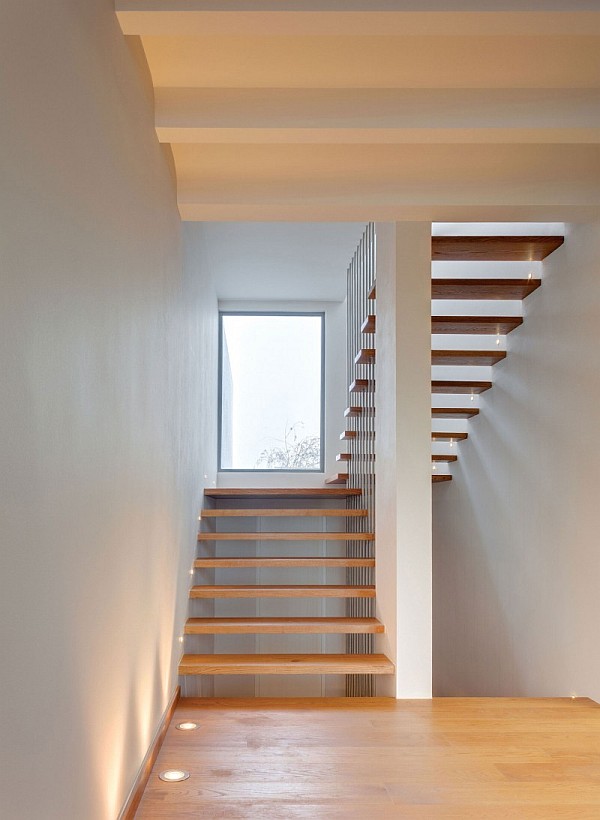Your #1 Source for Precise, Affordable and Well-Crafted Golf Yardage Guides
Since 1994, T2Green Course Guides has provided a tradition of quality and accuracy in the development of golf yardage guides. Our repertoire spans some of the best clubs in Canada and the US, including The National, St. Georges, Royal Montreal, Oak Hill, The Toronto Golf Club, Redtail, and many more.
Total Pro Golf Course Designer is a free Golf Course Design Software for Windows. This freeware lets you design a professional Golf Course. So that, you can design an excellent Golf Course layout, all its parts (Tees, Fairways, Bunkers, Greens, etc.) are available in the software. ForeUP is the golf industry's leader in cloud-based technology solutions for club management. Designed with input from course owners and operators, our suite of efficiency- and profit-enhancing tools and services are easy to integrate, use, and customize.
T2Green delivers a high quality product and provides a smooth working experience from start to finish at an affordable price.
Please review some of our products, and give us a call to speak with one of our representative today.

11/8/18
Golf Course Architecture 101: Part 6
Golf Course Software Design Companies
Schools of design
At The Fried Egg, we often talk about the parallels between golf course architecture and music. Both are intellectually and emotionally evocative artforms that very closely connect with the audience, or in the case of golf, the players. A golf course is like an album with 18 songs. The best courses, like the best albums, are cohesive and varied at the same time. Throughout the best courses, the collection of holes provides highs and lows, lulls and crescendos, and creative flourishes in abundance.
Extending this music analogy, the schools of architecture are like musical genres, and understanding the schools helps a player appreciate the artform. To be more precise, “schools” is a categorical reference to how the designers arrange the elements of a hole to produce a particular experience for the player. Aesthetics and design style are a different matter.
It is generally accepted that throughout the history of golf course architecture, since it became a recognized craft and then profession, three schools formed – penal, strategic, and heroic. To learn much more about the schools of architecture, we highly recommend Geoff Shackelford’s book Grounds for Golf. As a primer, a bit about the evolution of the different schools.
As golf’s popularity grew, it was natural for early course developers and clubs to turn to Golf Professionals to design their courses. If they know how to play the game so well, they must be good at designing courses too, right? It is not surprising that those Pros applied their limited paradigm onto their designs. The penal school can be summed up simply: There is a right way to play a hole. Hit the required shots, which are typically straight down the middle, and get rewarded. Errant shots are punished proportionate to the degree of err. Fun golf for Professionals perhaps, but not terribly inspiring to the public.
The strategic school emerged around the turn of the century as a reaction to this one-dimensional approach to design. The Old Course was the primary source of inspiration and as Desi Isaacson explained in his article, a bunker at Woking was the catalyst for a movement. Although strategically designed holes are inherently more complex, the core premise of this school is simple: options. Players are given a choice with each shot to take on as much risk as they can tolerate. Taking on risk by flirting with a hazard or challenging a contour, and pulling off the shot, gains the player an advantage on the next shot. Safe play is an option, but comes at the cost of disadvantage. The players must use their minds and skills.
Coming out of the Great Depression and World War II, a master self-promoter burst on the scene with what he purported to be a new school of design. The man was Robert Trent Jones, and although his ideas were far from new, they did catch on under the Jones brand as the heroic school that he claimed to infuse into his championship designs. Nevermind that Alister Mackenzie and others were writing about and building hazards directly in the line of play to give players the thrill of a heroic carry (conquest), RTJ took this approach to a whole new level. The central idea of the heroic school is that at some point in a round, a player should be presented with an essentially unavoidable challenge – for Jones, often in the form of a water hazard. Rise to the occasion, and claim the big reward. Fall short, and experience the agony of defeat.
Golf Course Software Design Jobs
MacKenzie's Country Life Magazine design competition submission
Best Golf Course Design Software
Looking back, students of architecture will see the periods of influence of each of these schools as designers grew and evolved in their craft to more fully engage players. The penal engaged the body (skillful execution). The strategic school also engaged the mind (thoughtful decision making). The heroic school further engaged the heart (courage and thrill seeking). Perhaps on paper, these schools seem distinct. In practice on the ground though, great golf holes and courses have elements of all three. Coming full circle to St. Andrews, like so many things in golf architecture do, The Old Course engages body, mind, and heart not because it fits a mold. It is so deeply resonant because it is filled with nuance, variety, and complexity that defies molds.
Golf Course Software Design Programs
As is the case with musical genres, the schools of architecture exist as guideposts to help us better understand and appreciate the art. They are best used for that purpose, rather than sucking the life from the art through rigid categorization. Like music, golf course architecture is meant to be experienced, and regardless of the school, if it moves you, it is good.